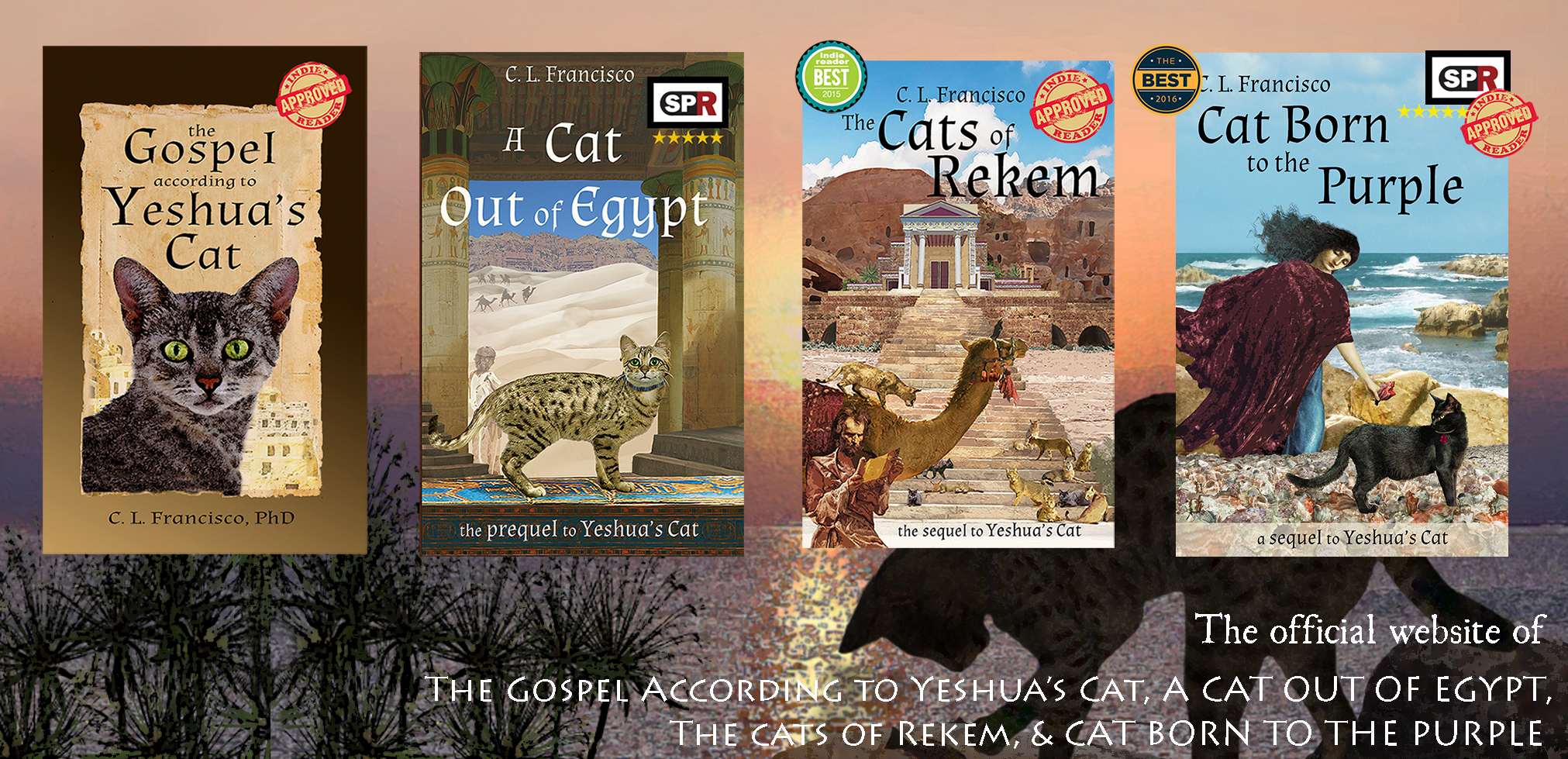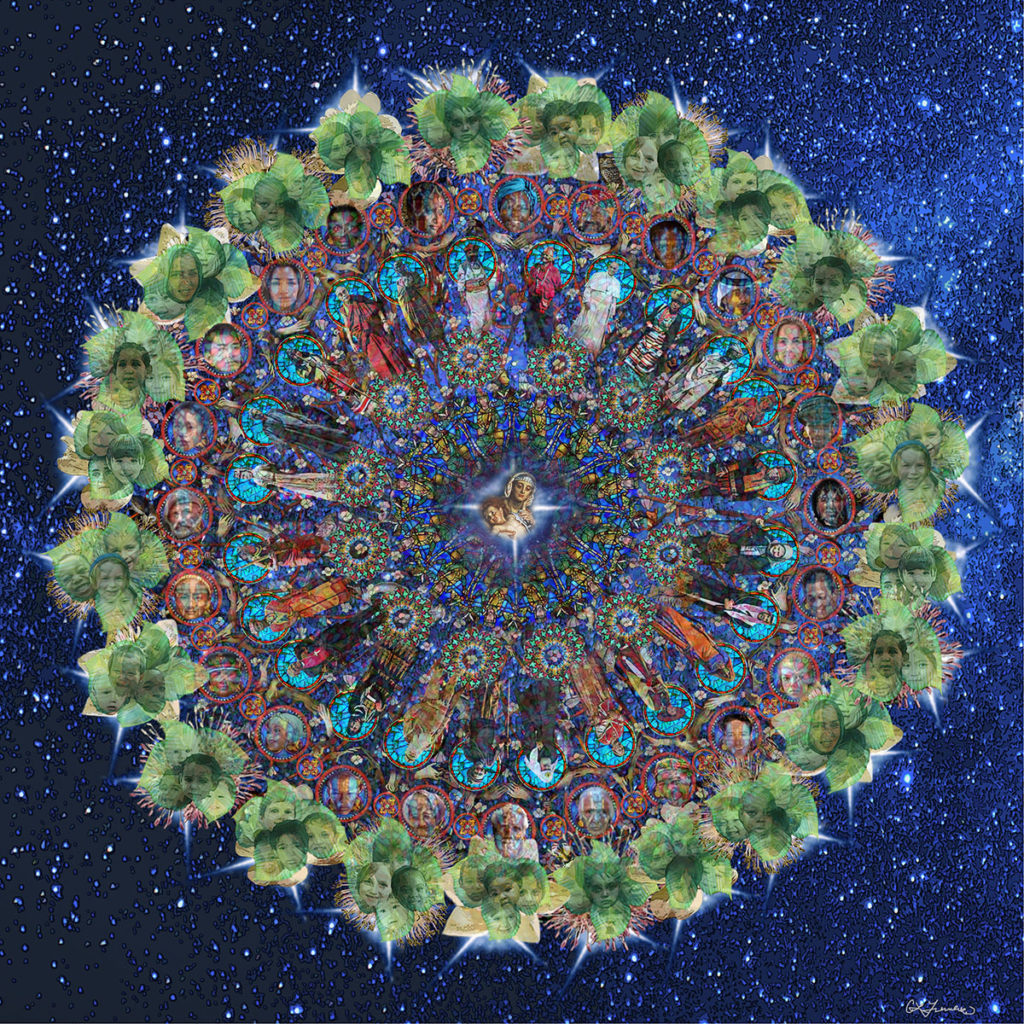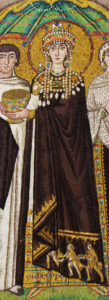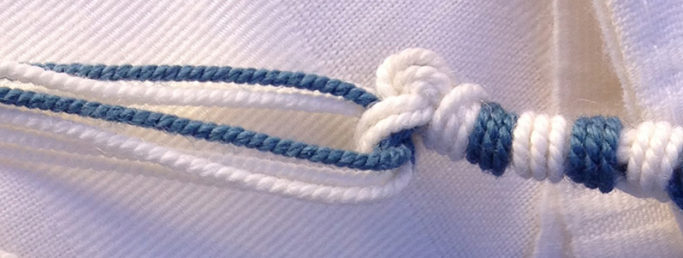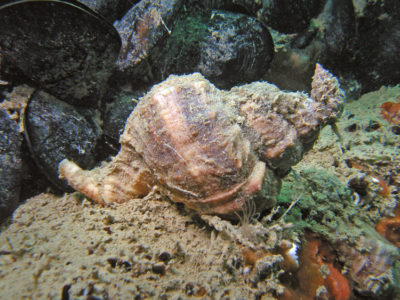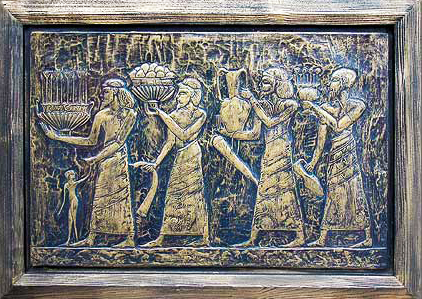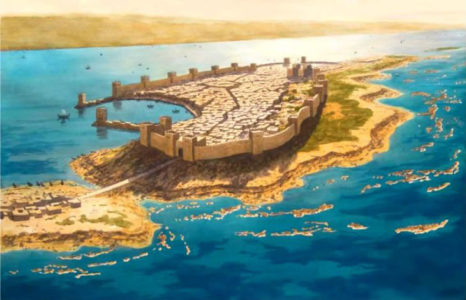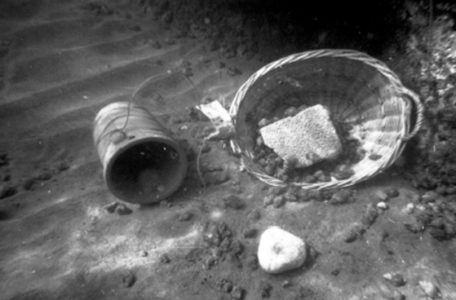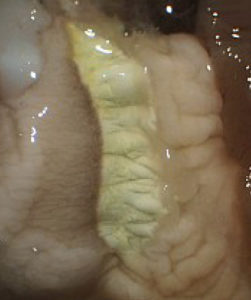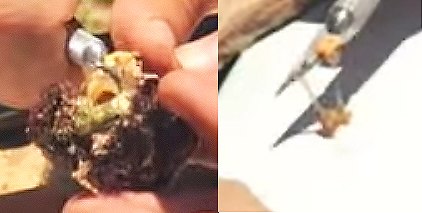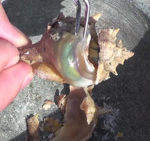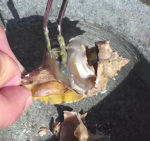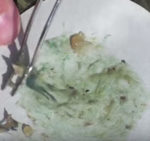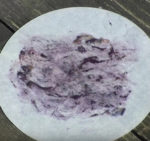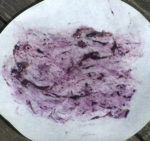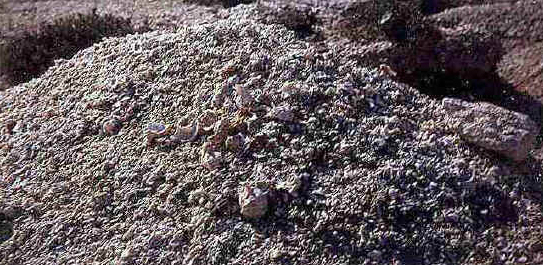![]()
Readers are always asking me how I get the ideas for my books, and I’m usually at a loss for answers. So with Cat Born to the Purple, I tried to notice right along how the ideas developed. Now I offer you a small window into the earliest beginnings of Purple.
When I introduced Purple’s main character, Eliana, in The Gospel According to Yeshua’s Cat, I hadn’t planned on writing anything else about her, much less a continuing series of Yeshua’s Cats books! But I did write more books, and Eliana turned out to be one of those characters who set up shop in the back of my mind, insistently hammering at my dreams and thoughts until I allowed her to tell her story: Cat Born to the Purple is her tale.
But before I could tell her story, I had to figure out what her family history might have been, and what circumstances could possibly have left her, a young woman barely more than a child, stoned and near death in the hills of Galilee near Sepphoris. I knew that she was going to be an exceptionally fine weaver and embroiderer, which meant that she probably came from a family that worked with textiles, most likely from one of the semi-professional family workshops found in sizeable towns like Sepphoris.
But her wrongful stoning suggested that she’d had no real family to protect her. How could that have happened? Jewish women of merchant status always had male relatives from their birth-families hovering in the background somewhere, prepared to protect them from abuse. I started reading everything I could find about the area around Sepphoris during the time of Herod the Great and his son Herod Antipas, since Eliana would have been born around 12 CE.
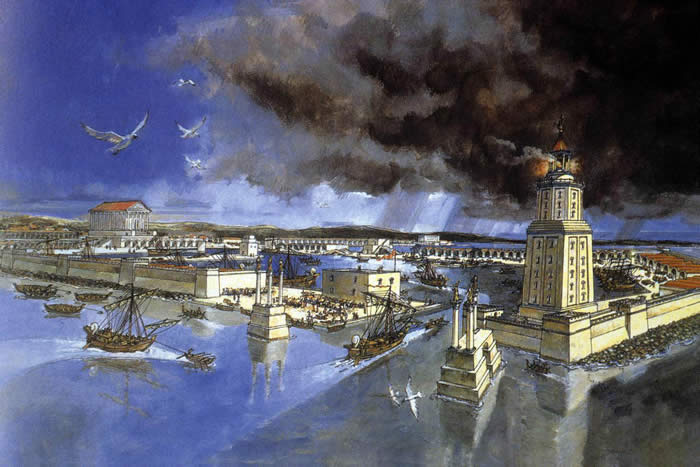

Scholars have been wrangling for years over whether the Sepphoris of Yeshua’s youth and adult years was primarily Jewish, Greco-Roman, or a mixture of the two. The dust is finally beginning to settle in that argument, leaving what seems to be a clear picture of Sepphoris—along with most of the rest of the Galilee—as predominantly Jewish in population and culture during the early-to-middle 1st C CE. The recently discovered Greco-Roman palaces of Sepphoris came considerably later.

Almost nothing remains of the mid-1st C city, which would have been almost entirely Jewish. During Yeshua’s lifetime Sepphoris was a regional market and civic center—Herod Antipas’ Galilean capital until he built a new capital at Tiberius around 20 CE. Sepphoris was a large Jewish town for its time and place, but neither Roman in culture, nor heavily gentile.
The most dramatic event in Sepphoris’ history during that early period came soon after Herod the Great’s death in 4 BCE, when a band of Jewish dissidents and townspeople overwhelmed the city guard and raided the treasury. Rome’s reprisal was swift and cruel. The rebels were crucified along the highways, and most of Sepphoris’ citizens were sold into slavery at Acco. Herod Antipas rebuilt and fortified the city to some extent before moving on to Tiberius, but he didn’t create the wealthy Greco-Roman Sepphoris whose ruins have been excavated in recent years.
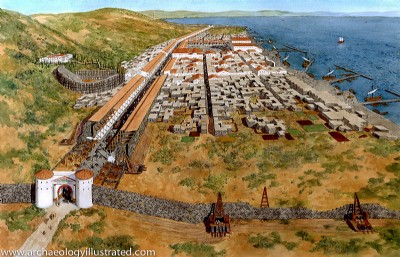
So with this regional history in mind, Eliana’s own family history began to fall into place for me. The timing of Eliana’s birth could easily have placed her grandparents in Sepphoris as weavers and merchants when the city’s residents were sold into slavery by the Romans in 4 BCE. Only their young daughter Sarah—Eliana’s mother—perhaps eight years old at the time, managed to escape. Terrified and confused, the homeless child was taken in by a kindly woman from Shikhin, a neighboring village of about 500 people. Archaeologists recently discovered the ruins of Shikhin only a mile northwest of Sepphoris, just off the main highway connecting Acco and Sepphoris. The Via Maris, the major Roman road that followed Israel’s coastal plain along the Mediterranean Sea, intersected the Acco-Sepphoris road nearby, placing both Sepphoris and Shikhin at a major crossroads.
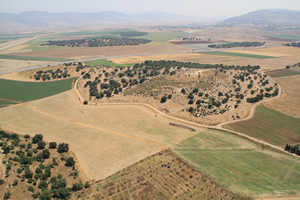
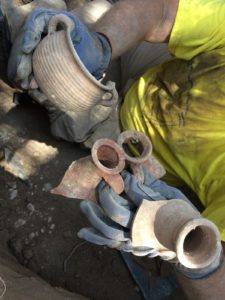
Archaeologists had long searched for the location of Shikhin, known by reputation as a village that manufactured everyday pottery found in archaeological sites all across Israel. Rabbis of the early Roman period even used Shikhin storage jars as their standard for liquid measure. Shikhin’s period of greatest productivity probably began sometime in the late 1st C BCE and increased through the early Roman period. They were known for strong, fire resistant pottery made from black clay: particularly amphorae (storage jars) and small clay lamps, but also jugs, kraters, cooking pots, and bowls. Archaeologists guess that Shikhin’s potters may have made common cause with wine and oil merchants and sold their pots already filled.
Recent excavations at Shikhin have uncovered cisterns, pits, potters’ wheels, kilns, and large numbers of discarded pieces of pottery damaged in firing, indicating a significant manufacturing area. The site was abandoned around the time of the great earthquake of 363 CE.

Now the story was beginning to take shape in my mind. As a refugee child in a time of chaos, Sarah’s unofficial adoption by a family working at a craft totally unlike her family’s own guaranteed her separation from any extended family who might have survived the upheavals at Sepphoris. She was simply a child working beside her adopted family making pots. Sarah eventually married the potters’ only son and taught her daughter Eliana the skills of a potter. But even though Sarah had lost her parents at a young age, I imagined that she would never have forgotten the weaving and embroidery skills she must have learned at her mother’s knee–which would probably have been valued by her adopted family. These skills she passed on to Eliana as well, along with an innate gift for working with textiles.
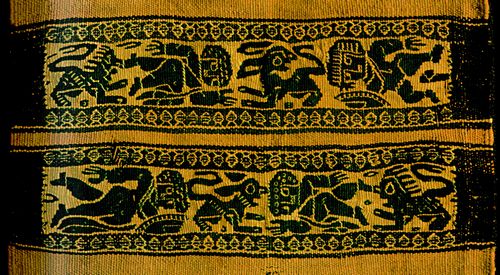
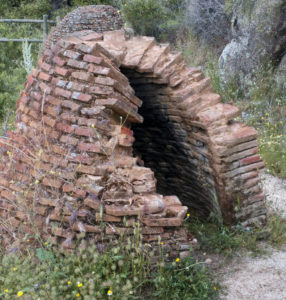
But for Eliana to be without family when Yeshua found her, both her parents must have been dead already. After learning what I could about the manufacture of ancient Palestinian pottery, I decided that her parents might have died together in a fire caused by a collapsing kiln during a minor earthquake (more on that in another post). So Eliana was indeed left alone in the world, a young bride without anyone but treacherous and greedy in-laws to care for her. The complex system of Jewish kin relationships protecting vulnerable women had failed her. Yeshua’s assumption of just such a situation led him to place Eliana with his friend Eli in Cana—which is where Cat Born to the Purple truly begins.
In the end, the unique possibilities presented by 1st C Israel’s culture came together to create the backstory of Eliana’s life, thus laying the groundwork for the rest of the book. Research can be a wonderful thing!

